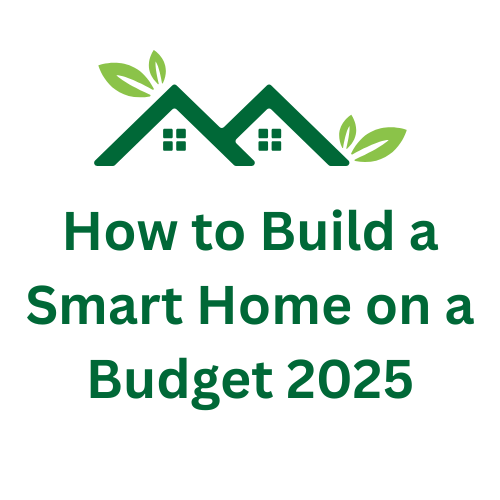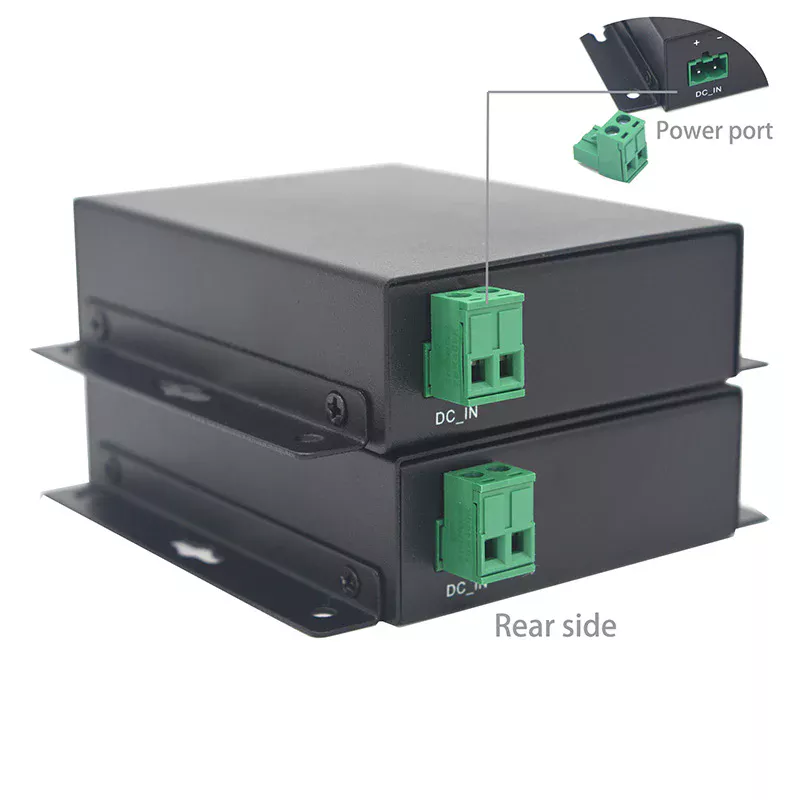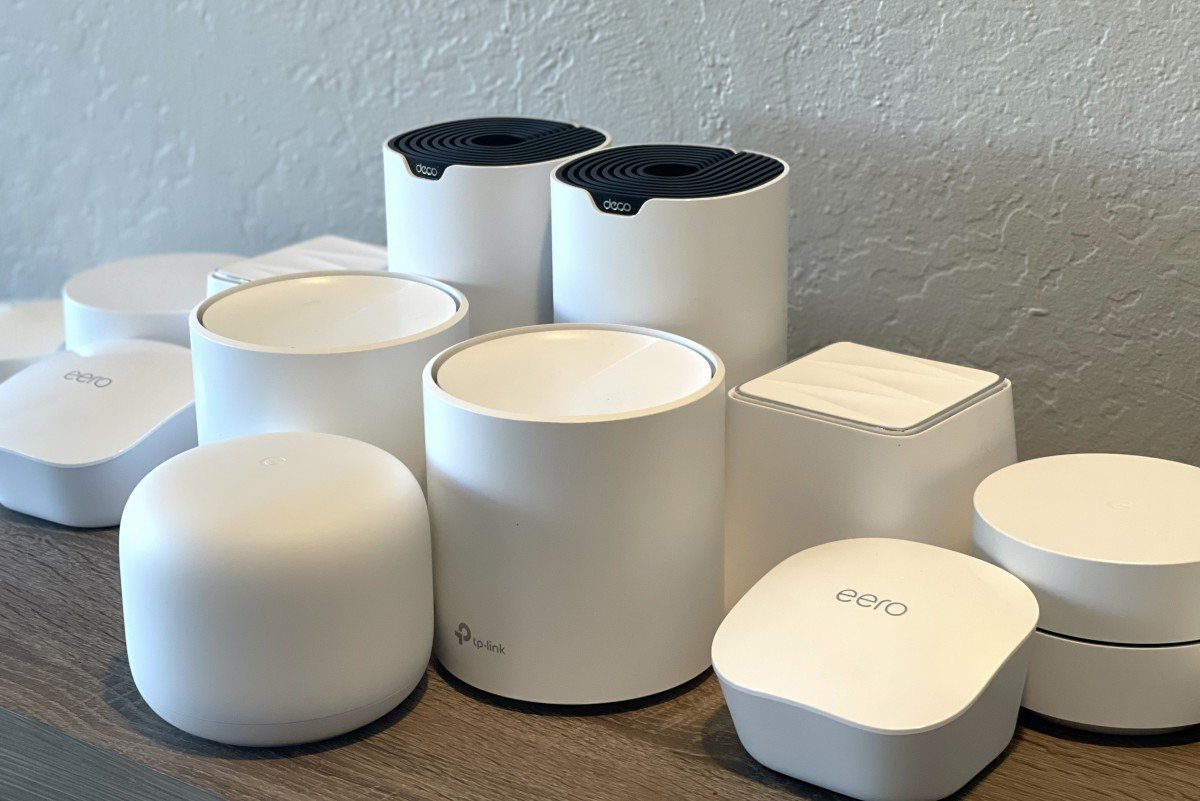Imagine controlling your lights, thermostat, and security system with just a tap on your phone—without spending a fortune. Building a smart home doesn’t have to drain your wallet.
You can enjoy convenience, comfort, and safety by making smart choices that fit your budget. Ready to discover simple, affordable ways to upgrade your home? Keep reading, and you’ll learn how to turn your space into a smart home that works for you—without breaking the bank.

Credit: mrmalayali.com
Choosing Budget-friendly Smart Devices
Building a smart home does not have to be expensive. You can find many smart devices that cost less and work well.
Focus on smart devices that fit your budget but still offer useful features. This helps you enjoy smart living without overspending.
Affordable Smart Speakers
Smart speakers let you control your home with voice commands. Many affordable options have good sound and smart features.
Look for smart speakers that support popular assistants like Alexa or Google Assistant. Choose smaller models to save money.
- Compact size lowers the price
- Supports voice control for lights and music
- Works with many smart home devices
- Easy to set up and use
Inexpensive Smart Lights
Smart lights help you save energy and set moods. You can buy bulbs or strips that cost less but still offer color and brightness control.
Choose smart lights that connect to your phone or smart speaker. They often come with timers and schedules to make life easier.
- LED bulbs use less power and last longer
- Works with voice or app control
- Some models change colors and brightness
- Easy to install in regular sockets
Budget Security Cameras
Security cameras help you watch your home from anywhere. Affordable cameras offer good video quality and motion detection.
Look for cameras with easy wireless setup. Choose ones that save video to the cloud or a memory card for simple access.
- Wireless models avoid complex wiring
- Night vision helps in low light
- Motion alerts send notifications to your phone
- Some cameras include two-way audio

Credit: www.youtube.com
Prioritizing Essential Features
Building a smart home on a budget means choosing the most useful features first. Focus on devices that make life easier and save money.
Start with basics that improve comfort and reduce energy use. Avoid buying many gadgets at once to keep costs low.
Focus On Automation Basics
Automation helps control your home without extra effort. Simple timers and schedules can manage lights and appliances.
Start with smart plugs, bulbs, and thermostats. These tools are affordable and easy to set up for daily use.
- Use smart plugs to turn devices on and off automatically
- Set schedules for lights to save energy
- Control heating and cooling with a smart thermostat
Energy Efficiency Benefits
Smart devices can cut energy waste and lower bills. They switch off lights and appliances when not needed.
Energy monitoring helps track usage. This lets you see where to save money and reduce your carbon footprint.
- Smart thermostats adjust temperature automatically
- LED smart bulbs use less power than regular bulbs
- Energy monitors show which devices use most electricity
Simple Voice Control Options
Voice control is an easy way to manage smart devices. You can turn lights or music on without using your hands.
Basic voice assistants work with many affordable gadgets. They make your home more accessible and fun to use.
- Use voice commands to control lights and plugs
- Set reminders and timers with simple phrases
- Control music and entertainment with voice
Diy Installation Tips
Building a smart home on a budget is easier than you think. You can install many devices yourself without hiring help.
DIY installation saves money and helps you learn how your smart home works. This guide offers simple tips to get started.
Step-by-step Setup Guides
Start by reading the instruction manual carefully. Gather all tools and parts before you begin the setup.
Follow these basic steps to install most smart home devices:
- Turn off power if working with electrical devices
- Mount the device securely in its place
- Connect the device to power or batteries
- Pair the device with your home network
- Test the device to check if it works
Using Smartphone Apps
Most smart home devices use smartphone apps to control them. Download the app from your device’s app store.
Use the app to connect devices to Wi-Fi and to set up preferences. Apps often have guides to help you during setup.
- Create an account if needed
- Follow on-screen instructions to add devices
- Set up schedules and automation
- Use the app to monitor device status
Troubleshooting Common Issues
Some problems may appear during installation or use. Check your internet connection first if devices don’t respond.
Try these simple fixes for common smart home issues:
- Restart the device and your router
- Check batteries or power supply
- Update the device’s firmware via the app
- Remove and re-add the device in the app
- Consult the device’s manual for error codes

Credit: www.youtube.com
Maximizing Compatibility
Building a smart home on a budget needs smart choices. One key is making sure all devices work well together.
Choosing compatible gadgets saves money and avoids frustration. Use tips to keep your smart home simple and reliable.
Choosing Universal Hubs
Universal hubs connect many smart devices from different brands. They let you control everything from one app or voice assistant.
Look for hubs that support popular standards like Zigbee, Z-Wave, or Wi-Fi. This helps add more devices later without problems.
- Choose hubs that work with many brands
- Check if the hub supports your devices’ wireless protocols
- Pick hubs with easy setup and clear instructions
Integrating Multiple Brands
Using devices from different brands can be tricky. Some brands use unique systems that do not talk to others well.
Try to pick devices that support common smart home platforms like Apple HomeKit, Google Home, or Amazon Alexa. This helps them work together.
- Check if devices work with your chosen hub or platform
- Use apps that combine controls for many brands
- Test compatibility before buying new devices
Avoiding Overlapping Features
Buying many devices with the same features can waste money. You only need one device per task to avoid confusion.
Plan your smart home functions before buying. This helps you avoid buying extra gadgets that do the same job.
- Make a list of needed smart home tasks
- Check device features to prevent duplicates
- Choose multi-function devices to save space and cost
Smart Home Upgrades Over Time
Building a smart home does not need to happen all at once. You can add features bit by bit. This helps keep costs low and manageable.
Start small and grow your smart home as you learn what works best. This way, you avoid spending too much too quickly.
Adding Sensors Gradually
Begin with a few basic sensors like motion detectors or door sensors. These help secure your home and add convenience. Over time, you can add more sensors for temperature, humidity, or water leaks.
Adding sensors step by step lets you test each one. You also spread out the cost across months or years.
- Start with entryway sensors for security
- Add temperature sensors for climate control
- Include water leak sensors near pipes
- Expand with light and motion sensors
Expanding Automation Routines
Create simple automation routines first. For example, lights turning on at sunset or when you enter a room. Once comfortable, add more complex routines involving multiple devices.
Expanding routines over time helps you learn how to use your smart home well. It also allows you to see what saves energy or time.
- Start with single-device routines
- Add routines that connect lights and sensors
- Include voice control or app triggers
- Use schedules for heating and cooling
Upgrading Devices Selectively
Not all devices need to be high-end at first. Choose basic models and upgrade only when needed. This saves money and reduces waste.
Focus on upgrading devices that improve your daily life the most. Maybe a better thermostat or a more reliable smart hub.
- Buy budget-friendly smart plugs and bulbs initially
- Replace devices with better versions gradually
- Focus on upgrading hubs and controllers first
- Upgrade sensors and cameras last for better features
Saving With Smart Home Deals
Building a smart home can be affordable with the right deals. You can save money by choosing smart products carefully.
Smart home devices often go on sale or come with discounts. Knowing where and when to shop helps you get the best price.
Shopping During Sales
Sales events are great times to buy smart home gadgets. Look for deals during holidays or special sale days.
Stores lower prices to clear stock. This helps you buy popular items without paying full price.
- Check Black Friday and Cyber Monday deals
- Watch for seasonal sales like summer or winter
- Sign up for store newsletters to get alerts
Using Cashback And Discounts
Cashback offers give you money back after buying. Use credit cards or apps that provide cashback on smart devices.
Discount codes lower prices at checkout. Find coupons online or through email promotions before you buy.
- Use cashback credit cards for extra savings
- Look for promo codes on deal websites
- Combine discounts with sales for bigger savings
Refurbished And Open-box Options
Refurbished products are tested and fixed by sellers. They work like new but cost less.
Open-box items are returned products in good condition. They often come with a warranty and save money.
- Buy from trusted sellers for safety
- Check warranty and return policies
- Read product reviews before buying
Frequently Asked Questions
What Are The Cheapest Smart Devices To Start With?
Start with smart plugs, bulbs, and speakers. These are affordable and easy to install. They offer basic automation and voice control, making them ideal for beginners on a budget.
How To Save Money Building A Smart Home?
Buy devices on sale, choose compatible brands, and start small. Focus on essential devices first. Use apps that integrate multiple smart products to reduce costs.
Can I Build A Smart Home Without Professional Help?
Yes, many smart home devices are DIY-friendly. Most come with easy setup guides and apps. You don’t need advanced technical skills to install or manage basic smart devices.
Which Smart Home Features Save The Most Money?
Smart thermostats, lighting, and energy monitors cut utility bills effectively. They optimize energy use by adjusting settings based on your habits, reducing wastage and lowering costs.
Conclusion
Creating a smart home on a budget is possible and rewarding. Start with basic devices and gradually expand. Prioritize essential gadgets that suit your lifestyle. Smart lighting and plugs are affordable options. They enhance convenience and energy savings. Do thorough research before purchasing.
Read reviews and compare prices. Use sales and discounts to your advantage. Free apps can control many smart devices. Always check compatibility with existing tech. Remember, patience is key. Building a smart home takes time. Enjoy the process and watch your home evolve.
With careful planning, you can achieve a smart home without overspending.
18 min read








